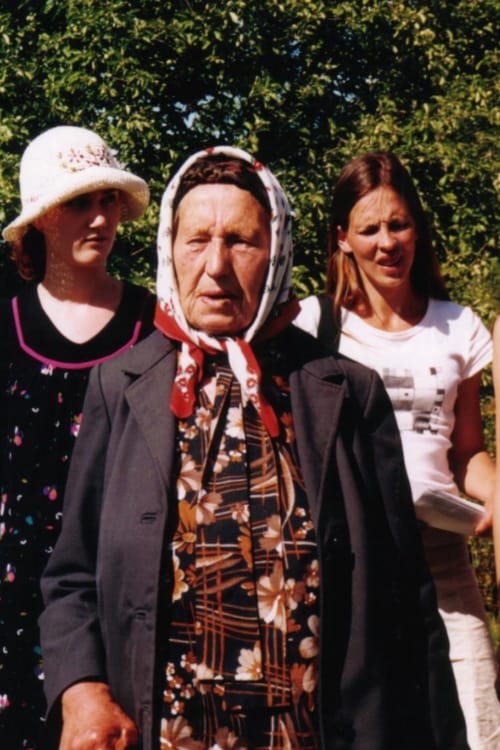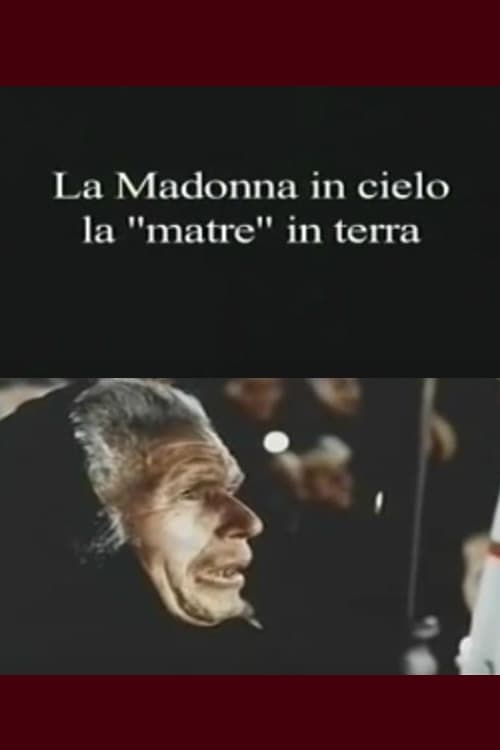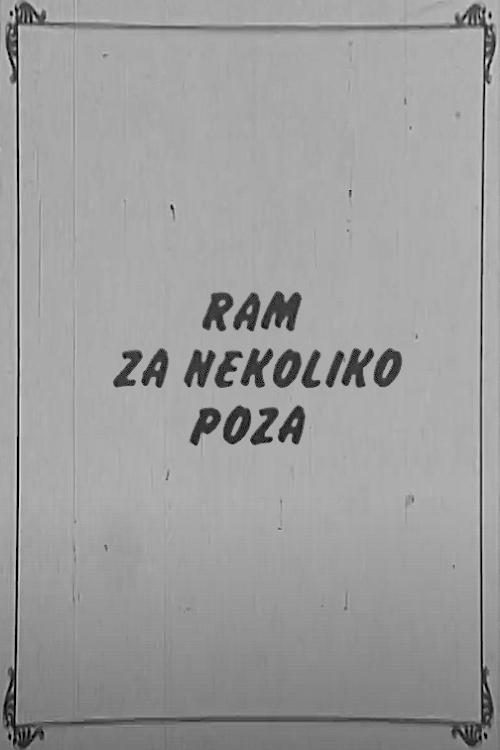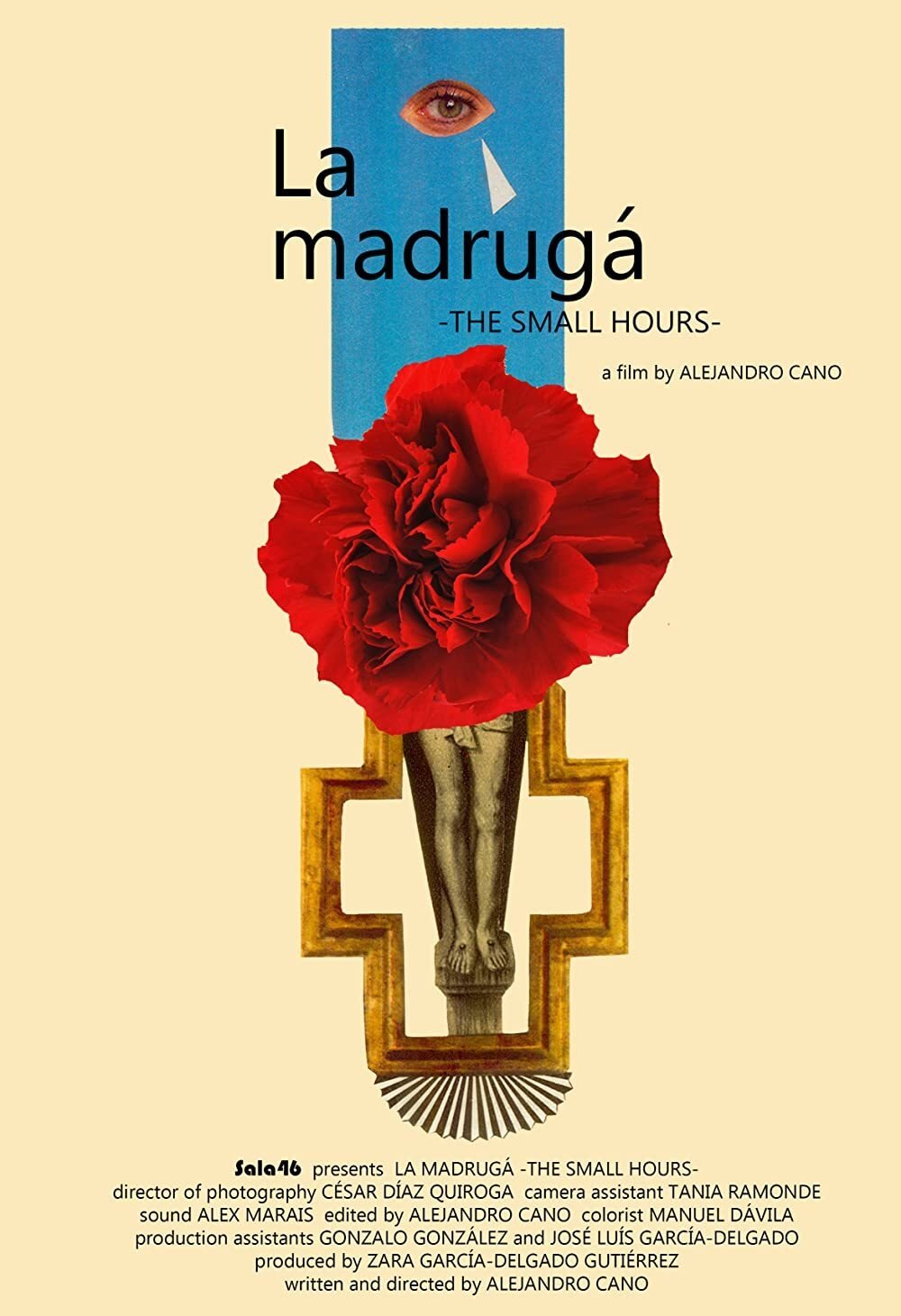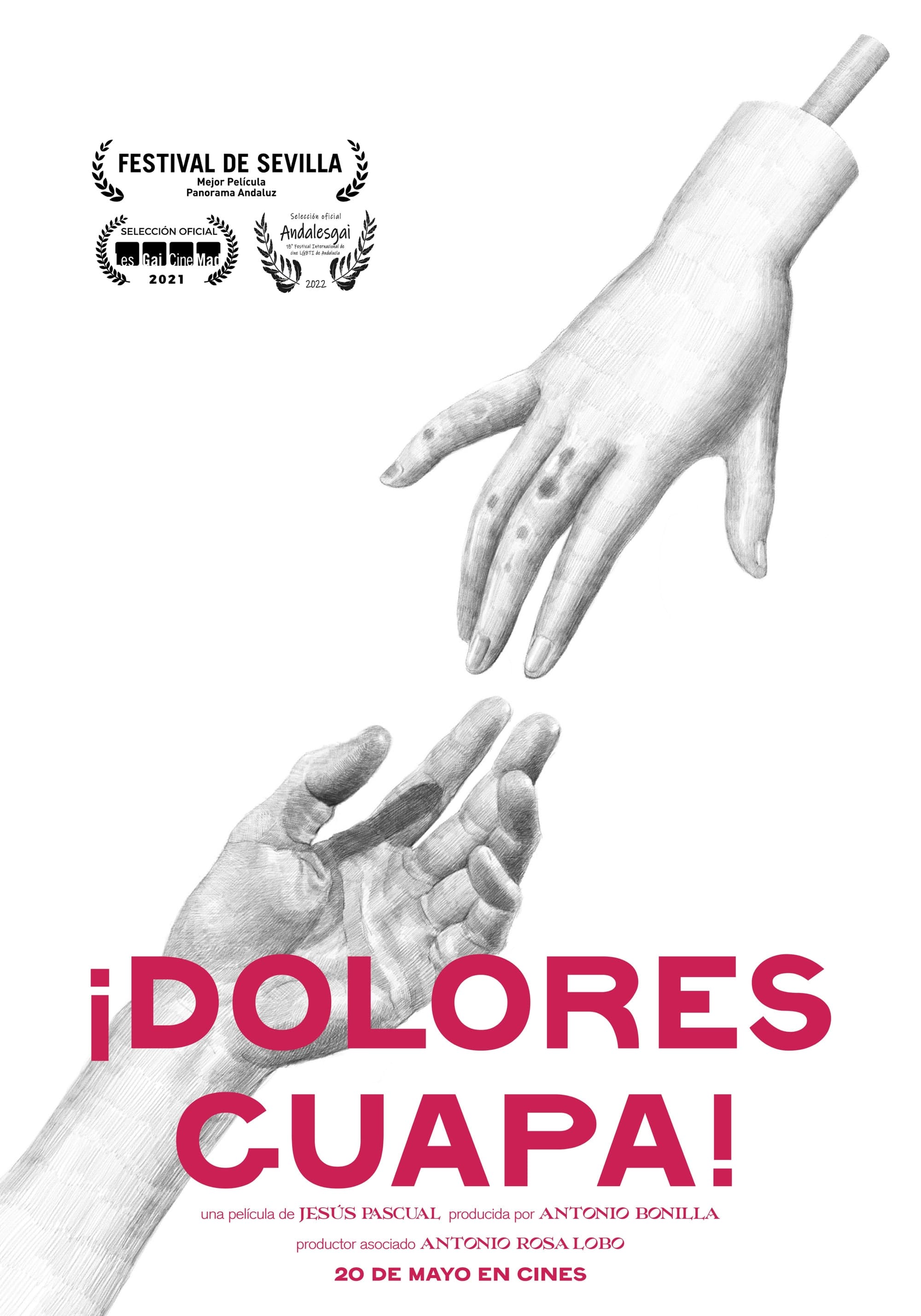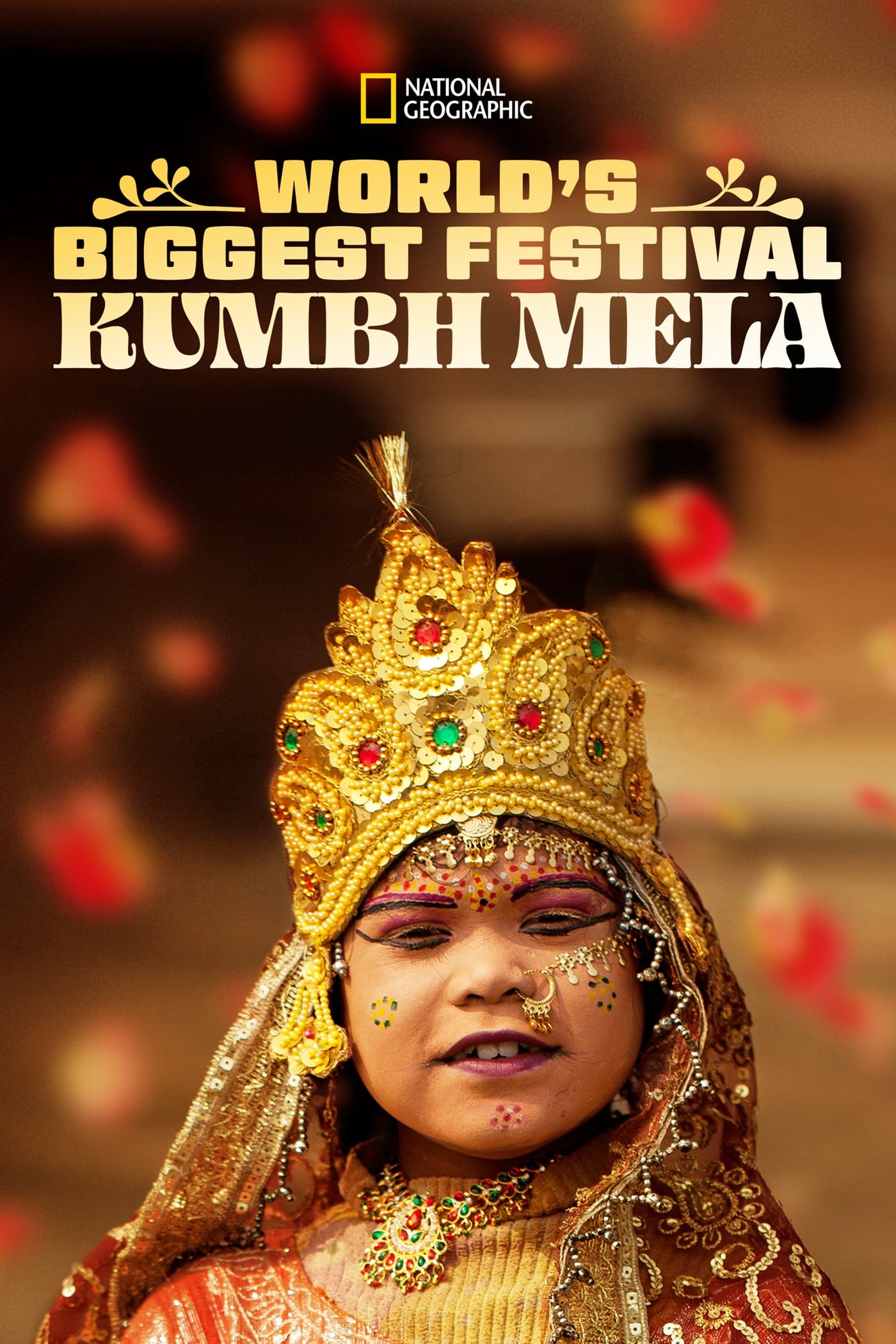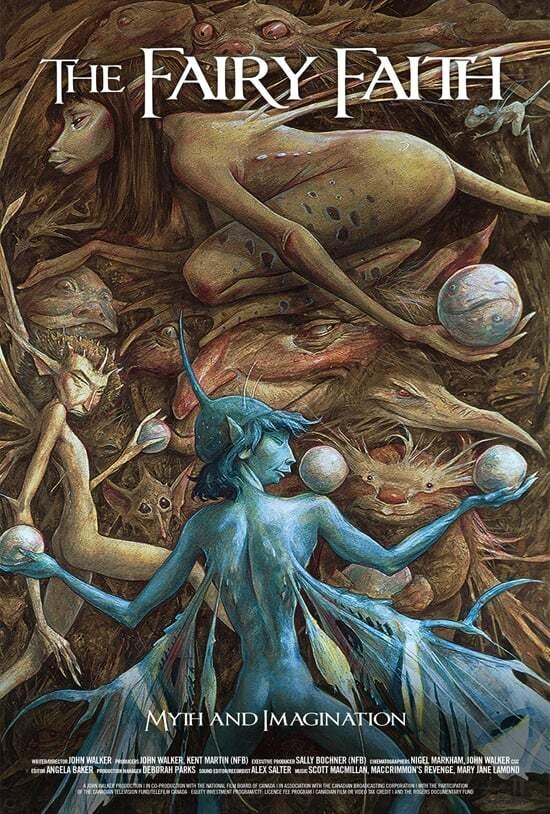
Hontianska jar
Watch Movie
Share
Hontianska jar
1997
00.0(0 votes)
Documentary
Overview
Links & Resources
Social & External
Production Companies
Cast & Crew
8 members
Crew
Ľuba Pavlovičová
Unknown Role
No Image
Acting
Juraj Matiaš
Unknown Role
No Image
Acting
Štefánia Selská
Unknown Role
No Image
Acting
Anna Sláviková
Unknown Role
No Image
Acting
Mojka Matiášová
Unknown Role
No Image
Acting
Zuzana Tereková
Unknown Role
No Image
Acting
Pavel Svákus
Unknown Role
No Image
Acting
Jaroslav Duris
Unknown Role
No Image

